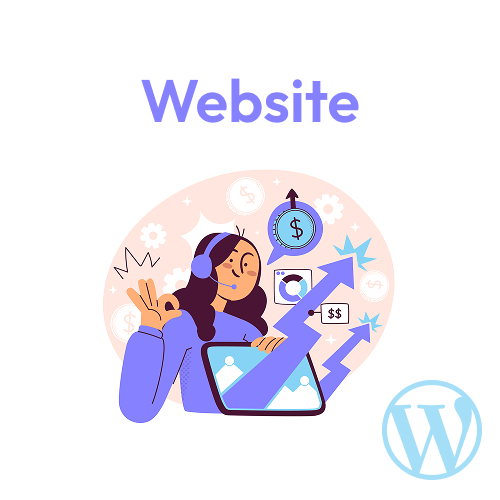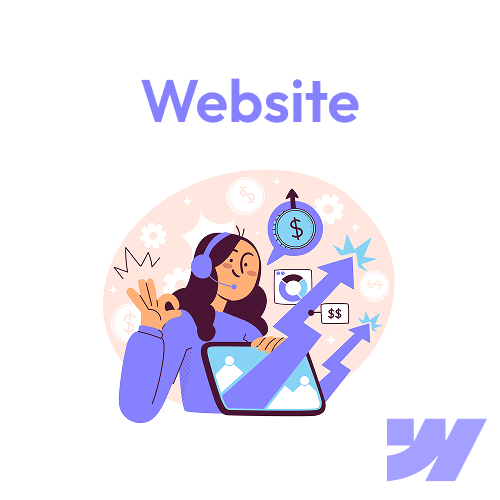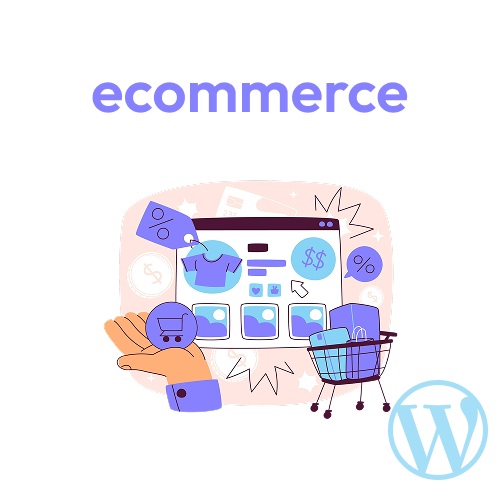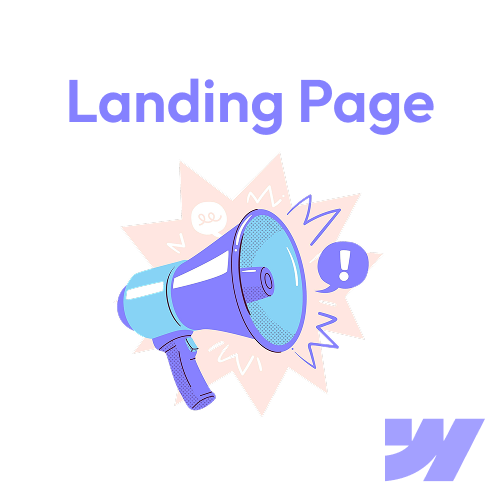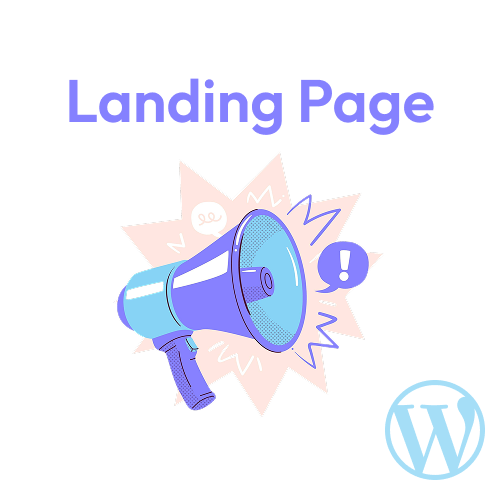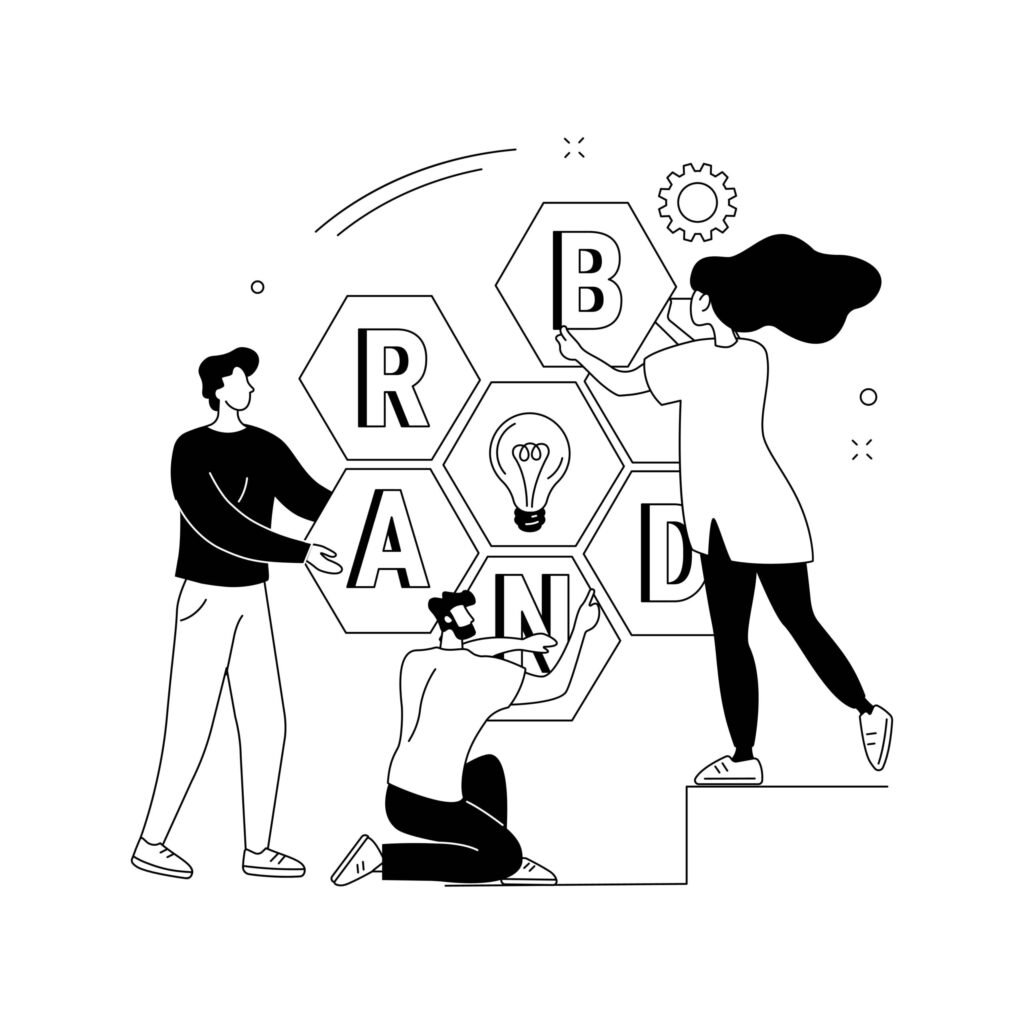In the world of digital presence, two terms are often used interchangeably but serve vastly different purposes: the website and the landing page. While both are essential tools in your online arsenal, confusing them is a common and costly mistake that can drain your ad budget and kill your conversion rates. This article will explore the nuances of Landing Page vs. Website.
Understanding the fundamental difference between a multi-page website and a single-page landing page is crucial for any successful online strategy. As a web design studio, we help clients choose the right tool for the job. This guide will break down the key differences, strategic uses, and how to leverage both for maximum impact.
The Core Difference: Purpose and Audience
Think of it this way:
- A Website is Your Digital Home. It’s a multi-page hub designed for exploration. It serves multiple audiences (potential customers, current clients, job seekers, press) and has multiple goals (build brand awareness, provide information, generate leads, make sales).
- A Landing Page is a Digital Speargun. It’s a single, focused page designed for a specific campaign. It serves a single audience from a single traffic source and has one primary goal (a conversion).
Confusing these two is like using a brochure to close a sale or a sales pitch to provide directions. Each has its place.
Key Differences at a Glance
| Feature | Website | Landing Page |
|---|---|---|
| Number of Pages | Multiple (Home, About, Services, Blog, Contact) | One (Single Page) |
| Navigation | Full menu linking to all important pages | Limited or no navigation; removes distractions |
| Primary Goal | Brand building, information, multiple conversions | One specific conversion (e.g., sign up, buy, download) |
| Audience | Broad, diverse audiences | Highly targeted audience from a specific ad or link |
| Content | Comprehensive information about your entire business | Focused message relevant to a single offer |
| Best For | Organic growth, establishing credibility | Paid advertising campaigns, specific promotions |
When to Use a Website: The Strategic Hub
Your website is your foundation. It’s where you build trust and authority over time.
Key Uses of a Website:
- Search Engine Optimization (SEO): A blog and service pages attract organic traffic from people searching for solutions.
- Brand Storytelling: Your “About Us” and “Our Process” pages build an emotional connection and establish credibility.
- Resource Hub: It houses your portfolio, case studies, blog, and contact information for anyone to access.
- Multiple Conversion Paths: It might have a contact form, a newsletter sign-up, and a “Request a Quote” button, catering to users at different stages of the buyer’s journey.
In short: Use your website to be found, build trust, and support multiple goals.
When to Use a Landing Page: The Strategic Weapon
A landing page is a tactical tool, often created for a short-term, specific mission.
Key Uses of a Landing Page:
- Paid Advertising (PPC) Campaigns: When you pay for clicks (Google Ads, Facebook Ads), you must send users to a hyper-relevant page. Sending ad traffic to your homepage is a classic and expensive mistake.
- Promoting a Specific Offer: Launching a new ebook, webinar, limited-time discount, or product? A dedicated landing page keeps the message focused.
- Event Registration: A page solely for signing up for a webinar or conference eliminates distractions and boosts sign-ups.
- Testing and Optimization: It’s easier to A/B test elements (headlines, CTAs, images) on a single page to see what drives the most conversions.
The Golden Rule of Landing Pages:
For every unique marketing campaign you run, you should have a unique landing page tailored to that campaign’s message and audience.
Real-World Analogy: The Restaurant
- Your Website is like the entire restaurant. It has a menu (services), photos of the food (portfolio), an “About the Chef” section, and a welcoming atmosphere. It’s designed for people to browse and choose what they like.
- Your Landing Page is like a coupon mailed out for a specific dish, like “50% Off Our New Signature Burger.” You wouldn’t hand that coupon to someone and tell them to find the burger somewhere in the restaurant. You’d guide them directly to a counter to redeem it. The landing page is that counter—its only purpose is to get the coupon redeemed.
The Synergy: They Work Best Together
The most powerful digital strategies use websites and landing pages in concert.
- A user discovers your brand through an organic blog post on your website.
- Later, they see a Facebook Ad for your free webinar on a topic they’re interested in.
- They click the ad and arrive on a dedicated landing page designed solely to get them to register.
- After the webinar, the “Thank You” page (a type of landing page) offers them a special discount on your service.
- They eventually explore your main website’s service pages to learn more before purchasing.
The website builds the relationship; the landing page seals the deal.
Does Your Strategy Use the Right Tool?
Many businesses are missing out on conversions by using a one-size-fits-all approach. A generic homepage can’t effectively convert traffic from a highly specific ad. Conversely, a lone landing page with no supporting website lacks the credibility to build long-term trust.
🚀 Our web design studio specializes in crafting both compelling brand websites and high-converting landing pages that work together to grow your business.
Need help determining the right strategy? Contact our web design studio and let’s audit your current digital presence and build a system designed for conversion.
